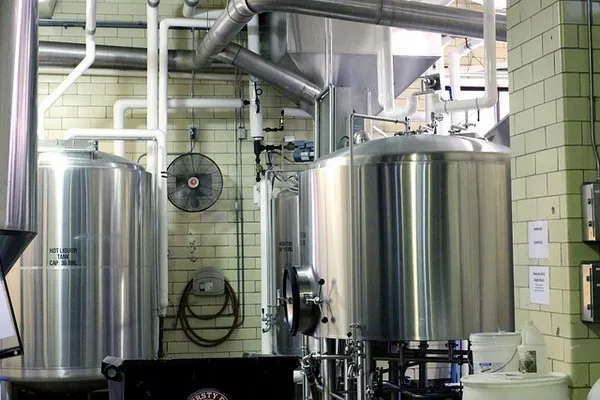NASA is set to leverage BP’s advanced digital twin technology and simulation tools to aid in its space exploration missions, including providing astronauts with detailed views of planetary subsurfaces. BP, renowned for its expertise in visualizing equipment located thousands of feet underwater, is extending this technology to benefit both space missions and terrestrial energy production.
The collaboration is poised to significantly impact NASA’s upcoming crewed lunar mission, Artemis II, scheduled for September 2025. Concurrently, NASA’s Mars rovers, Perseverance and Curiosity, continue to gather data on the Red Planet’s composition and environment, with plans to return the first Martian samples to Earth in the 2030s.
BP’s digital twin software, instrumental in developing its Argos offshore platform in the Gulf of Mexico, will play a key role in this partnership. Argos, situated on BP’s deep-water floating facility Mad Dog 2, employs a sophisticated blend of augmented and virtual reality, simulation models, artificial intelligence, and advanced remote communications. This technology has enabled BP to create a virtual model of Argos, enhancing operational planning and optimization by visualizing activities beneath the platform.
The company’s high-performance computing resources, including one of the world’s most powerful supercomputers in Texas, support its digital twin and seismic imaging capabilities. These advancements are not only crucial for energy production but could also provide valuable insights for NASA’s Mars missions. BP’s 4D seismic imaging and 3D reservoir modeling technologies are particularly relevant for studying Mars’s geological features and potential signs of past habitability.
Additionally, BP’s investment in Belmont Technology, a Texas-based firm specializing in cloud-based geoscience tools, could further benefit NASA. This technology transforms subsurface data into actionable simulations, offering a comprehensive view of geological and reservoir assets.
As NASA develops its lunar space station, Gateway, set to launch its first modules on a SpaceX Falcon Heavy rocket next year, the collaboration with BP will focus on enhancing simulation and visualization tools. Future phases of the partnership may explore remote operating practices, safety measures, and advanced analytics. Additionally, there could be potential projects involving hydrogen, solar energy, small fission systems, regenerative fuel cells, and high-capacity batteries.
This partnership between BP and NASA represents a significant stride towards integrating cutting-edge technology for both space exploration and sustainable energy solutions on Earth.

